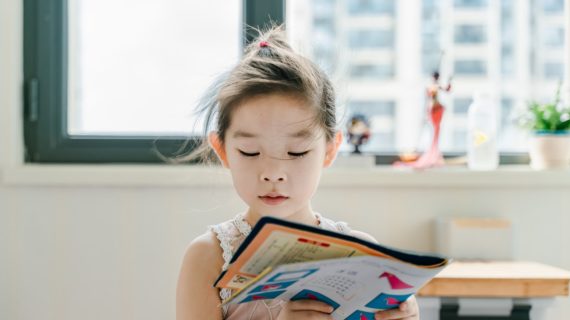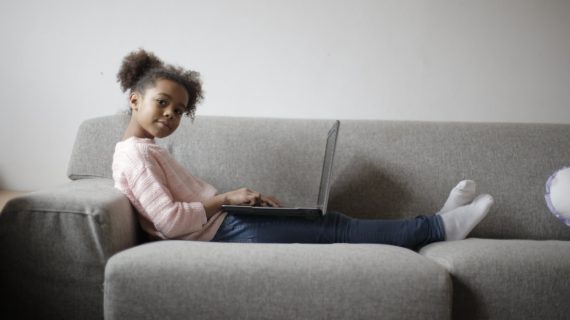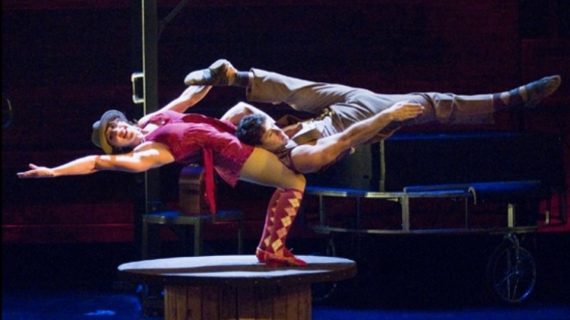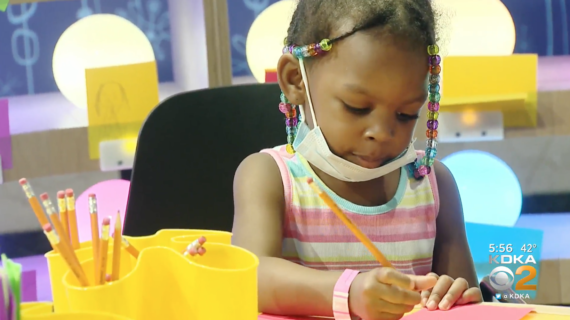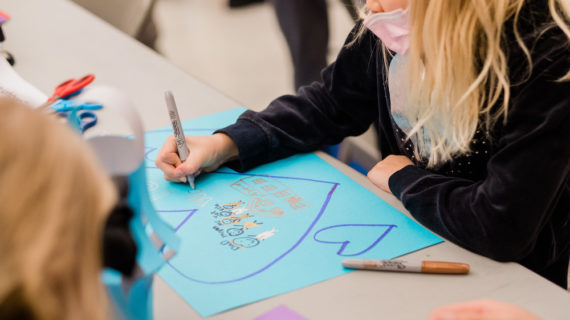Eye to Eye pairs middle schoolers with college-age mentors who have similar learning disabilities
Photo above by Jeswin Thomas used by permission via Unsplash.
One in five children in the U.S. has a learning disability, yet these kids often feel alone. A program called “Eye to Eye” is helping many of these kids by pairing them with mentors.
At the University of Pittsburgh, college students have been mentoring students from Pittsburgh Schiller STEAM Academy near Troy Hill for 10 years through the “Eye to Eye” program.
“I honestly just wanted to let other kids know that this isn’t something that has to really hinder you in life, that you can be successful, and you can succeed, even having a learning difference or learning disability,” says University of Pittsburgh student and mentor Meera Shamiyeh.
College student Lydia Blazey agrees: “Being able to use what I’ve been through as lessons for other people kind of helps me look at my own struggles in a more positive light.”
These Pitt students and others meet weekly with the middle school students for organized activities that develop self-confidence and help with living with a learning disability. They like mentoring younger people like them. One of those young students is Ariana Grogan, who says she is glad “to be a part of it and get to learn more about the students from Pitt.”
David Flink is the co-founder and CEO of Eye to Eye. He was the very first Eye to Eye mentor. Until Flink was in sixth grade, he didn’t know he had dyslexia and ADHD.
“If you were to go back and find the young David Flink and ask, ‘How did you like school?’, I would have told you, ‘It’s awful. I feel stupid every day,’” Flink told KDKA’s Kristine Sorensen.
Flink got help once he was diagnosed, went on to Brown University, and he and a dozen other college students with disabilities founded Eye to Eye in 1998.
They knew they were the exception and that most kids with learning disabilities don’t go to college. In fact, kids with learning disabilities have the highest dropout rate.
“Most people who learn differently don’t ever make it to college,” Flink said. “And so we thought, well, how can we change this narrative and how can we, perhaps, do something to be of help?”
Eye to Eye has served 56,000 people directly or indirectly across the country, through their mentoring programs, teacher training and clubs. It’s improving self-esteem, helping kids advocate for what they need, and helping them graduate from high school and college.
“Being able to talk to people who have the same issues as you can just make such a difference in feeling better about yourself and feeling like you’re not alone,” Blazey said.
Flink shares from his own experience that “when you are seen, when you’re heard, when you feel valued by another person — that uplifts a person’s soul.”
If you’d like to learn more about the mentoring, clubs and teacher training offered by the program, visit the Eye to Eye website. And if you’re feeling inspired, get the inside scoop on what it’s like to be a local mentor, and check out our Q&A with longtime mentor and mentoring advocate Bill Strickland.
